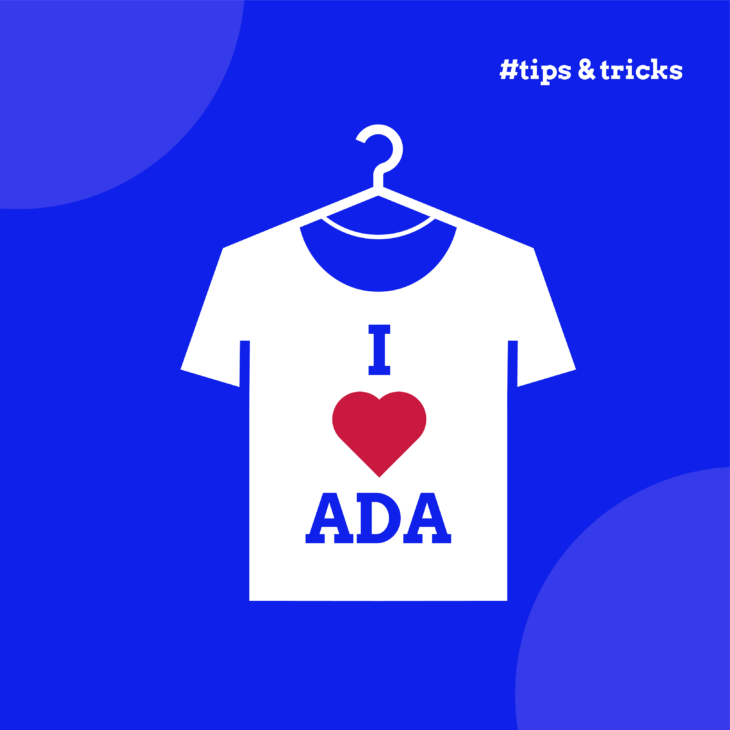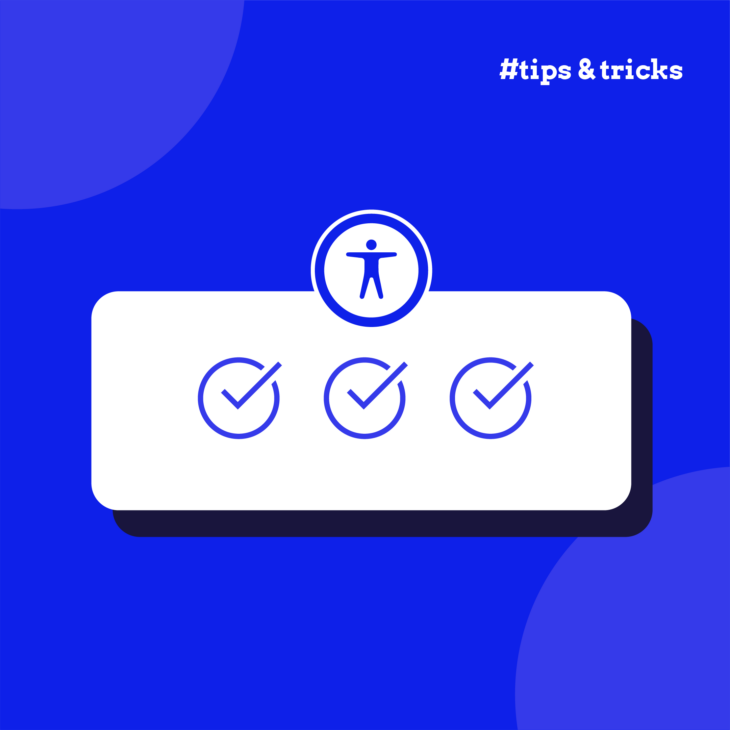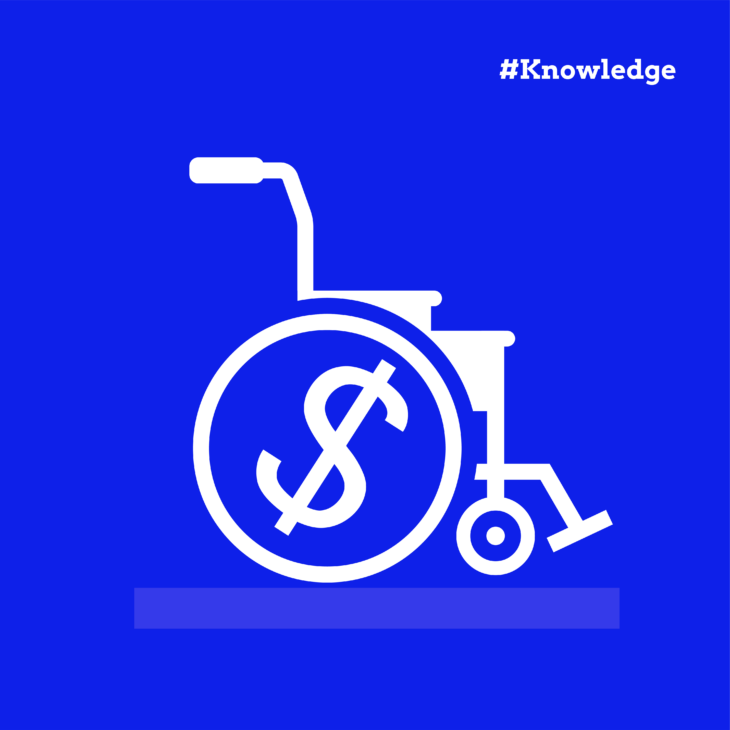Picture this: A Shopify merchant spends $400 on a premium theme. Months later, they’re slapped with a lawsuit. The settlement? $10,000. The cost to fix their store? Another $40,000.
This isn’t a horror story. It’s a Reddit confession that’s terrifyingly common.
In fact, 77% of digital accessibility lawsuits now target eCommerce sites specifically. If you run a Shopify store, you’re in the firing line.
So, what is ADA compliance? ADA compliance for eCommerce websites means ensuring your online store meets accessibility standards that allow people with disabilities to browse, understand, and purchase from your site using assistive technologies.
Here’s where it gets confusing. The Americans with Disabilities Act wasn’t written with websites in mind – it’s from 1990! However, courts have ruled that online stores are considered “places of public accommodation.” They look to the Web Content Accessibility Guidelines (WCAG) 2.1 Level AA as the benchmark, even though these are technical standards, not laws.
The Justice Department wants businesses to make their sites accessible and points developers to WCAG standards, but stops short of spelling out exact requirements.
Ready for some straight talk about protecting your store without the legal jargon?
The real cost of ADA non-compliance: why eCommerce stores are prime targets
Here’s the uncomfortable truth: eCommerce stores have a target on their backs.
Title III of the ADA specifically covers “sales establishments”, and courts have decided that includes your online store. Law firms know this, and they’ve built an entire industry around it.
So, can you get sued if your website is not ADA compliant?
Yes. While the Department of Justice has consistently taken the position that the ADA applies to web content since 1996, enforcement has intensified dramatically, with businesses facing fines of up to $75,000 for a first violation occurring on or after April 28, 2014.
The process is ruthlessly efficient:
- Automated scanning – Law firms use bots to crawl thousands of sites.
- Demand letters – For every lawsuit filed, defense attorneys manage at least 7 to 10 demand letters.
- Quick settlements – Most businesses settle rather than fight.
And here are some examples of more prominent cases and their settlement amounts:
| Notable Case | Settlement Amount |
|---|---|
| Target (2008) | $6 million |
| H&R Block (2017) | $1.2 million |
| Netflix (2013) | $755,000 |
| Harvard & MIT (2015) | $750,000 |
But these headline cases don’t capture the full picture.
Law firms handling ADA claims are increasingly pursuing higher-value settlements through demand letters like this one from California:
“Via Federal Express
Website Company
12345 Main Street, Your City, State
Attention Legal Department
Re: Website Accessibility Lawsuit
To Whom It May Concern:
This law firm has been retained by a blind consumer to pursue a claim against you under the California Unruh Act.
In short, your website (website address) is not fully accessible to visually-impaired individuals. Indeed, the California Supreme Court recently confirmed that anti-discrimination laws apply to commercial websites. We urge you to consult your own counsel about your rights and obligations in this emerging area of law.
We plan to file suit in the near future. If you wish to discuss this matter, your counsel should promptly contact me.
Sincerely,”
These pre-litigation settlements often range from £4,000 to £16,000 – money that small businesses can’t afford to lose. In 2024 alone, twenty prolific law firms were responsible for 4,000 court filings, with firms like So Cal Equal Access Group filing 2,598 federal ADA Title III lawsuits.
And if you think that a settlement will take care of the future, you’re wrong.
You can face repeat lawsuits even after you settle. Sweetgreen agreed to bring its website into compliance with the ADA as part of a 2016 settlement, only to be sued again in 2024 for new accessibility violations.
And while a lot of these examples show big companies, small businesses are far from being safe. In fact, they’re preferred targets because they’re more likely to panic and settle quickly.
What Shopify actually handles (spoiler: not much)
First thing you need to understand is that there’s no magic button – or overlay – that can solve accessibility issues on Shopify (or any other eCommerce platform).
Okay, but are Shopify stores ADA compliant?
Not automatically. Shopify operates on a shared responsibility model that leaves most of the work to you.
Here’s the exact breakdown:
Shopify handles:
- Standard checkout flow (where customers finalise purchases).
- Core admin interface.
- Some basic OS 2.0 themes like Dawn.
You handle everything else:
- Theme customisations.
- Product images and alt text.
- Colour contrast choices.
- All written content (descriptions, pages, blogs).
- Navigation structure.
- Third-party apps.
- Custom code.
The division seems simple until you realise what “everything else” actually means. In plain terms, if a customer can’t navigate your product pages, read your descriptions, or understand your images, that’s entirely your responsibility.
Remember that merchant who spent $40,000 fixing their $400 theme? They assumed Shopify had their back and paid the price for it.
Why accessibility overlays make you more vulnerable, not less
Store owners facing ADA threats often reach for the quickest fix: accessibility overlay widgets. They promise instant compliance for £20-50 per month with just one line of code.
Here’s why that’s a dangerous gamble.
Court documents reveal a harsh reality. In the Eyebobs case, the complaint explicitly stated:
Defendant installed a low-cost overlay on the Digital Platform developed by a company called accessiBe. accessiBe claims this overlay can automatically bring a website into compliance with the ADA by resolving the website’s underlying accessibility issues. Unfortunately, the overlay fails to provide screen reader users, including Murphy, full and equal access to the Digital Platform.
The overlay didn’t protect them – it became evidence of inadequate remediation.
The data backs this up.
WebAIM’s research surveyed 758 accessibility practitioners and found that 72% of respondents with disabilities rated overlays as “not at all” or “not very effective.” Only 2.4% called them “very effective.”
Think about that: the very people these tools claim to help overwhelmingly reject them.
The Federal Trade Commission recently ordered accessiBe, a major accessibility overlay company, to pay $1 million for misleading advertising claims about their product’s effectiveness.
Why overlays fail: the technical reality
Overlays operate like a band-aid on broken code:
| What overlays promise | What actually happens |
|---|---|
| “AI fixes all issues automatically” | Can’t alter source code or fix structural problems |
| “One-click WCAG compliance” | May block assistive technology entirely |
| “Legal protection guarantee” | Cited in lawsuits as evidence of non-compliance |
| “Works with any website” | Creates conflicts with existing accessibility features |
Our team at The A11Y Collective actively warns against these solutions. We’re not alone – accessibility experts consistently advise that real compliance requires fixing the underlying code, not masking problems with JavaScript widgets.
When overlays fail in court, merchants realise they need genuine solutions. That means understanding accessibility principles and building them into your store from the ground up, not painting over cracks and hoping nobody notices.
Fix these issues first: 15 essential accessibility features for Shopify sites
Start with these 15 critical issues that appear in most ADA complaints. The Web Content Accessibility Guidelines (WCAG) provide the technical standards courts use to determine compliance – focusing on making content perceivable, operable, understandable, and robust.
| Issue type | Example | Solution |
|---|---|---|
| 1. Missing alt text | Product photos with no description for screen readers | Admin > Products > Click product > Click image > Add alt text. Describe what’s shown, not “image of product.” |
| 2. Poor colour contrast | Light grey text on white background (2:1 ratio) | Theme Editor > Customize > Colors. Ensure 4.5:1 ratio for normal text, 3:1 for large text. |
| 3. Broken heading hierarchy | Jumping from H1 to H3, missing H2 | Use Shopify’s rich text editor properly: H1 for page title, H2 for sections, H3 for subsections. |
| 4. Complex language | “Utilise our revolutionary paradigm-shifting solution“ | Rewrite at 8th-grade reading level: “Use our new tool.“ |
| 5. Illegible fonts | Decorative fonts at 10px size | Theme Editor > Typography. Minimum 14px body text, sans-serif for better readability. |
| 6. Vague link text | “Click here for more info“ | Edit to “View shipping policy” or “Read product specifications.“ |
| 7. Videos without captions | Product demonstration videos with only audio | Upload .SRT files via Admin > Content > Files, then link in video settings. |
| 8. Flashing content | Animated GIFs that flash more than 3 times per second | Remove or replace with static images – no exceptions. |
| 9. Autoplay media | Homepage video that starts automatically | Theme Editor > Sections > Video > Disable autoplay. |
| 10. Missing form labels | Checkout fields without visible labels | Settings > Checkout > Form options. Ensure every field has a label, not just placeholder text. |
| 11. Inconsistent navigation | Menu items change position between pages | Online Store > Navigation. Create consistent menu structure used across all pages. |
| 12. No keyboard access | Dropdown menus only work with mouse hover | Install keyboard-friendly theme or add JavaScript for Enter/Space key activation. |
| 13. Missing focus indicators | No visible outline when tabbing through links | Search your CSS for any of the following and delete or override them because they strip the browser’s default ring or stop it from being seen::focus { outline: none; } /* or outline: 0; */*:focus { outline: none !important; }overflow: hidden; /* on parents that clip the ring */Then, use the following, which is the BASE RULE (not a comprehensive solution): :focus { outline: 2px solid #0f62fe; /* Passes 3 : 1 on white */ outline-offset: 2px;} |
| 14. No skip navigation | Forces keyboard users through the entire menu | Add a visually-hidden “Skip to main content” link as the first focusable element that becomes visible on focus, allowing keyboard users to bypass repetitive navigation and jump directly to the main content area. You can do this by placing this right after the opening <body> tag:<a href="#main-content" class="skip-link">Skip to main content</a>Make sure your main content area has an ID that matches your skip link and use CSS to hide the skip link until someone presses Tab. For a more detailed tutorial, check out our guide on adding a “Skip to main content” button! |
| 15. Unclear errors | “Error 422” when form submission fails | Customise error messages: “Please enter a valid email address”. |
Fixing these issues is a great start, but you need to remember that there’s no “100% accessible” checkbox. Courts understand perfection isn’t possible – they look for documented improvement efforts, so this is what you should focus on.
- Professional audits identify gaps.
- Remediation plans show you’re addressing them.
- Training certificates prove you’re building lasting capability.
The A11Y Collective’s Accessible Code course teaches these exact fixes – from semantic HTML to ARIA implementation. Their business training programmes transform compliance from a legal burden to a competitive advantage, with group discounts for teams.
Manual testing vs. automated scans
Automated accessibility scanners give a false sense of security. Government research tested 13 popular tools against 142 known accessibility barriers – the best performer found only 40% of issues.
What automated tools miss:
| Automated tools find | Manual testing finds |
|---|---|
| Missing alt text | Whether alt text actually describes the image. |
| Colour contrast ratios | If colour combinations cause readability issues. |
| Missing form labels | Whether labels make sense to users. |
| Broken ARIA attributes | If ARIA implementation helps or hinders. |
| Technical HTML errors | Real-world keyboard navigation problems. |
The education-first approach changes everything. Teams trained to understand accessibility principles catch issues during development, not after launch.
The A11Y Collective’s WCAG-EM audit provides what automated tools can’t: credible legal documentation. At €5,000, our IAAP-certified professionals conduct comprehensive testing that would carry weight in court – unlike automated reports that lawyers dismiss.
For businesses needing immediate action or lacking internal expertise, professional audits provide documented evidence of commitment – exactly what courts look for when evaluating good faith efforts.
Building long-term compliance: from quick fixes to sustainable practices
Stop scrambling when demand letters arrive. Start building sustainable accessibility practices.
Reddit user ObviousDave learned the hard way:
Quick note for others: those add-on accessibility fixer apps won’t save you, it’s best to learn the WCAG guidelines and keep solid documentation that shows you’re consistently checking the site for errors and that you have a history of progress.
Building internal knowledge through The A11Y Collective’s team training programmes transforms compliance from an endless expense to a competitive advantage. Group discounts make it affordable for entire teams.
Think of education as insurance – except instead of just protecting you, it actively improves your store. One-time training investment prevents years of consultant dependencies and legal vulnerabilities.
Transform accessibility from threat to asset. Start building capability that lasts.

Ready to protect your store and build lasting compliance?
Transform compliance from a legal burden into a competitive advantage with expert-led courses.




